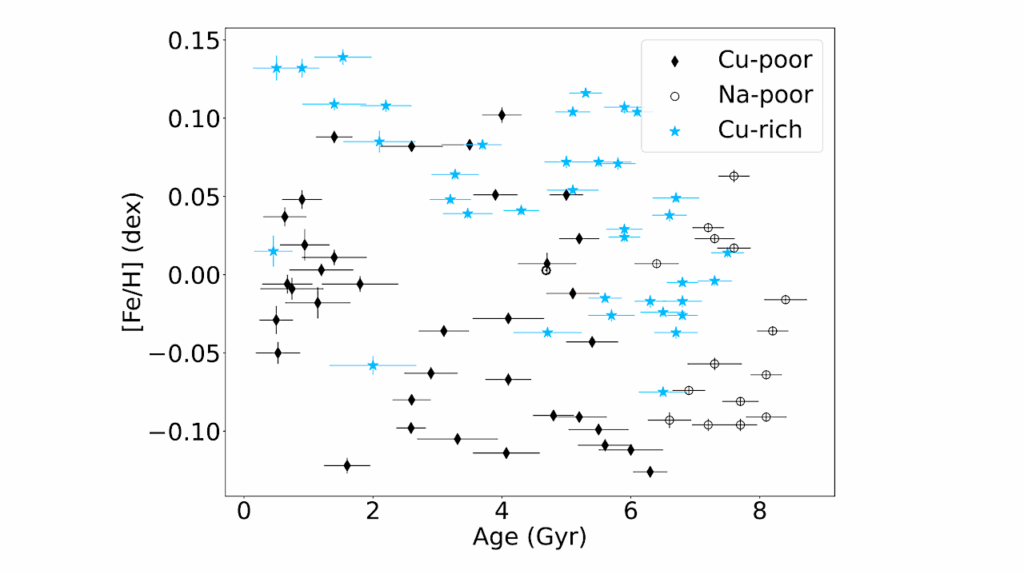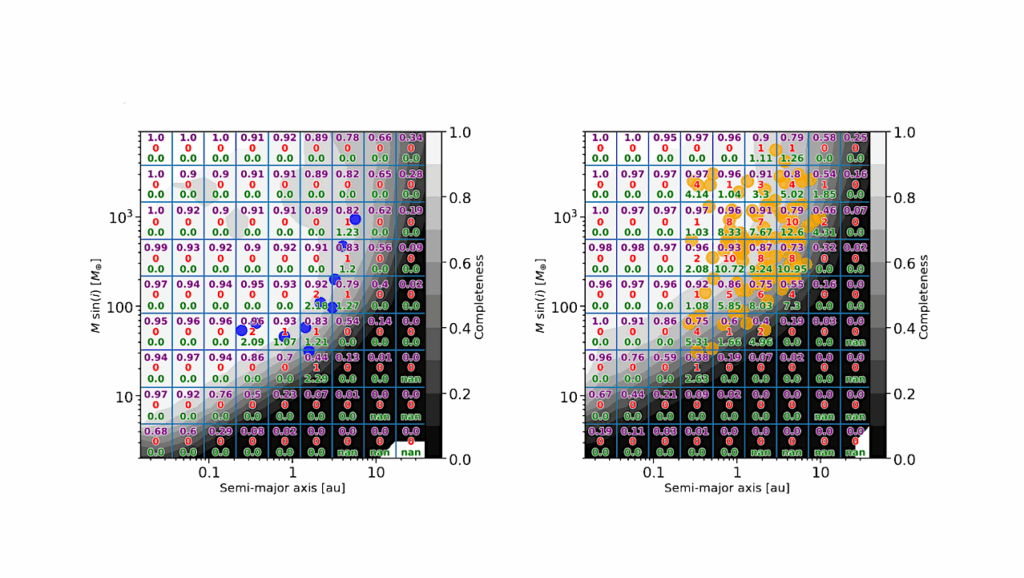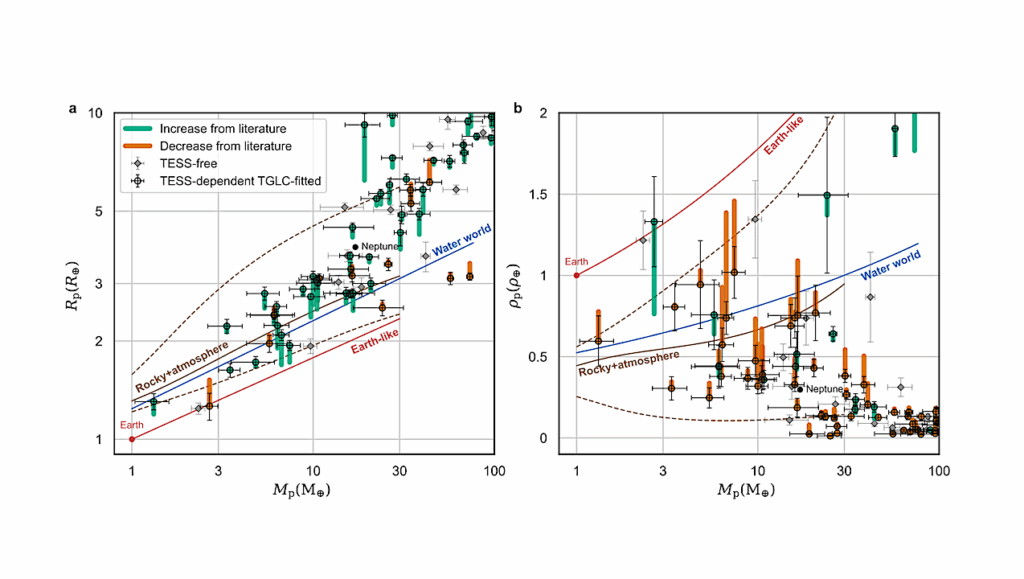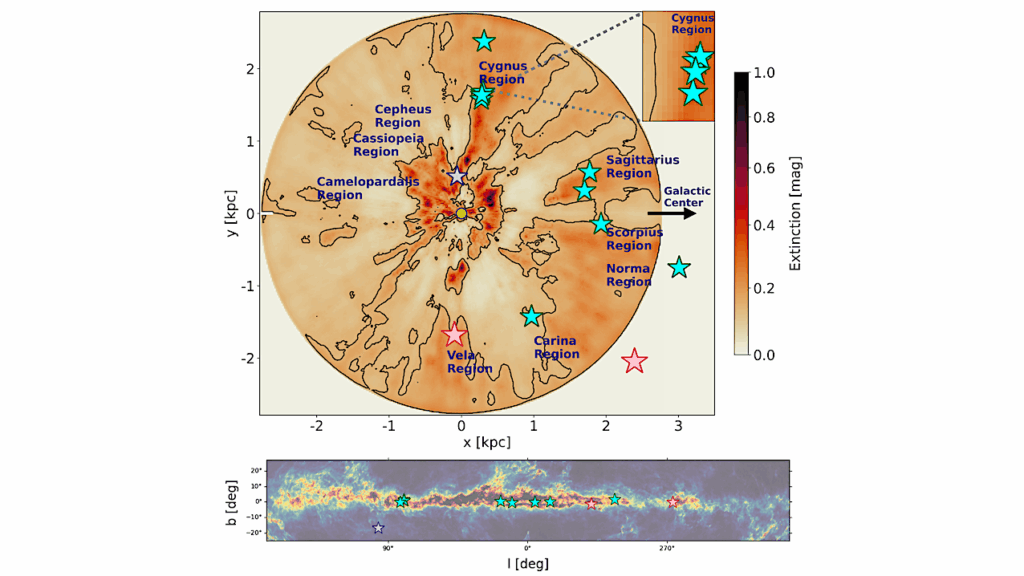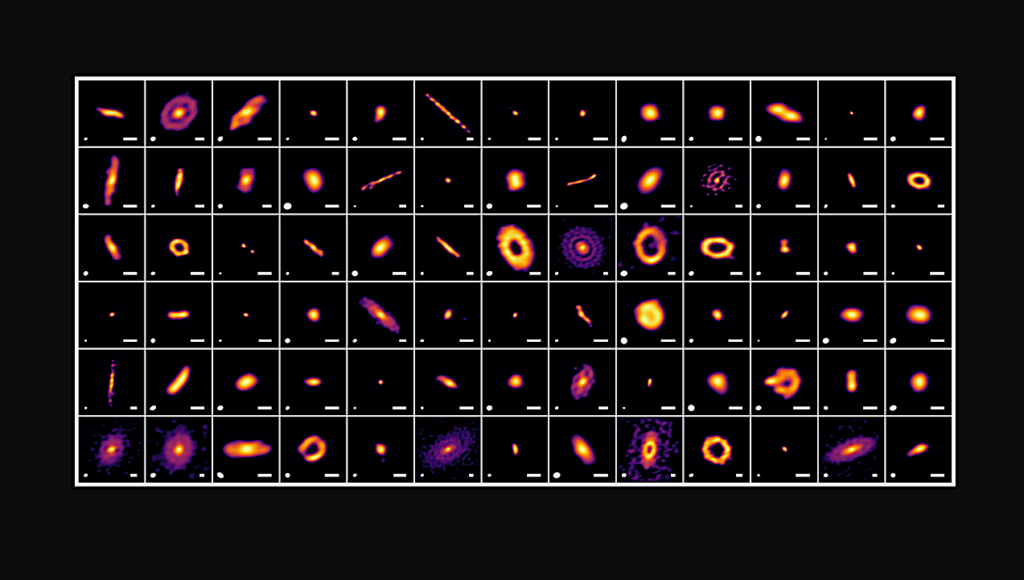Photo-dynamical Analysis of Circumbinary Multi-planet System TOI-1338: a Fully Coplanar Configuration with a Puffy Planet
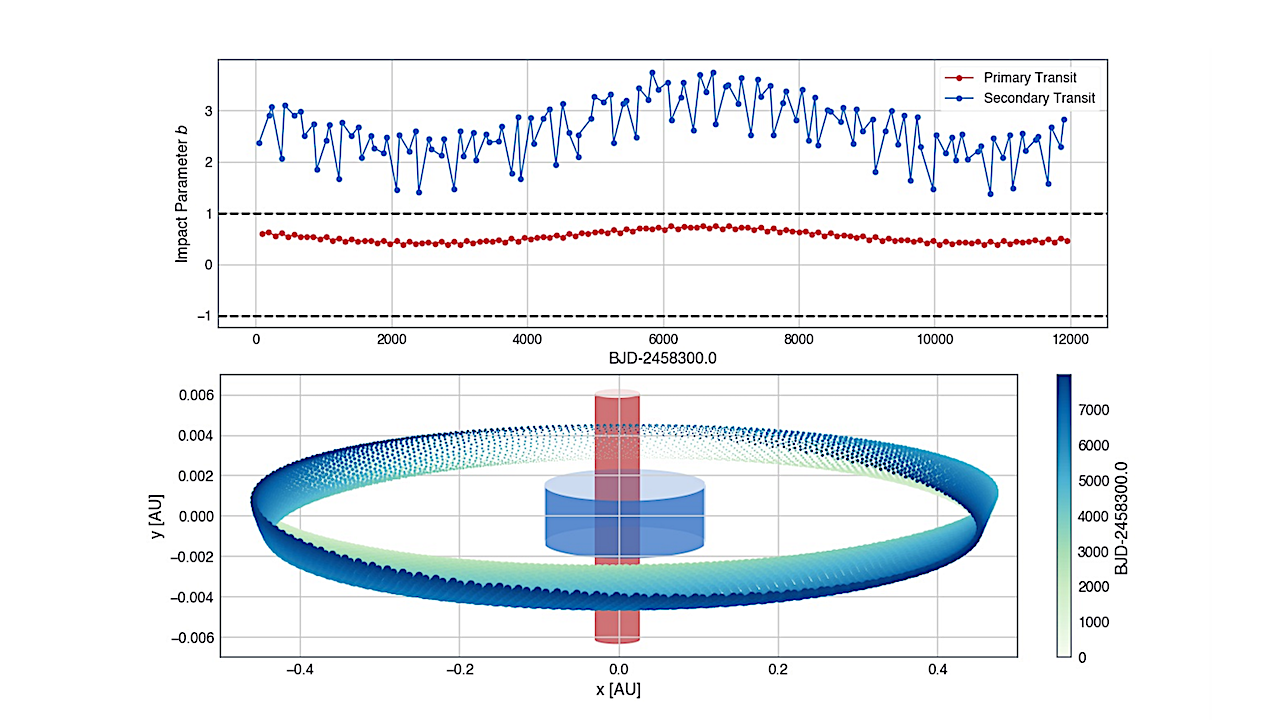
TOI-1338 is the first circumbinary planet system discovered by TESS. It has one transiting planet at P∼95 day and an outer non-transiting planet at P∼215 day complemented by RV observation.
Here we present a global photo-dynamical modeling of the TOI-1338 system that self-consistently accounts for the mutual gravitational interactions between all known bodies in the system. As a result, the three-dimensional architecture of the system can be established by comparing the model with additional data from TESS Extended Mission and published HARPS/ESPRESSO radial velocity data.
We report an inconsistency of binary RV signal between HARPS and ESPRESSO, which could be due to the contamination of the secondary star. According to stability analysis, the RV data via ESPRESSO is preferred. Our results are summarized as follows: (1) the inner transiting planet is extremely coplanar to the binary plane ΔIb∼0.12∘, making it a permanently transiting circumbinary planet at any nodal precession phases.
We updated the future transit ephemerides with improved precisions. (2) The outer planet, despite its non-transiting nature, is also coplanar with the binary plane by ΔIc=9.1+6.0∘−4.8 (22∘ for 99\% upper limit). (3) The inner planet could have a density of 0.137±0.026 g/cm−3. With a TESS magnitude of 11.45, TOI-1338 b is an optimal circumbinary planet for ground-based follow-up and transit spectroscopy.
Mu-Tian Wang, Hui-Gen Liu
Comments: 13 Figures, 3 Tables; Accepted by AJ
Subjects: Earth and Planetary Astrophysics (astro-ph.EP)
Cite as: arXiv:2404.18415 [astro-ph.EP] (or arXiv:2404.18415v1 [astro-ph.EP] for this version)
Submission history
From: Mutian Wang
[v1] Mon, 29 Apr 2024 04:10:38 UTC (5,643 KB)
https://arxiv.org/abs/2404.18415
Astrobiology


